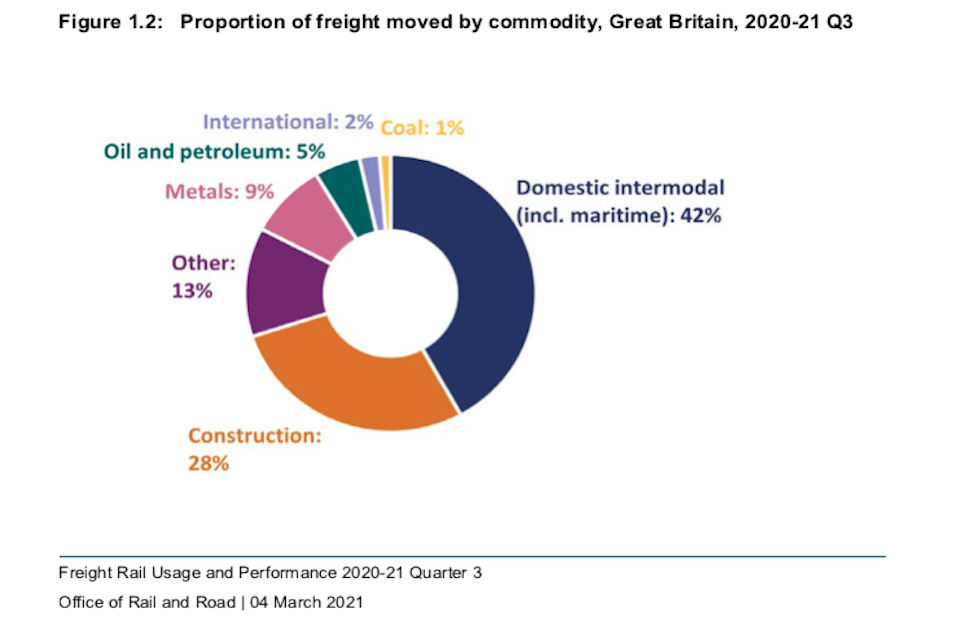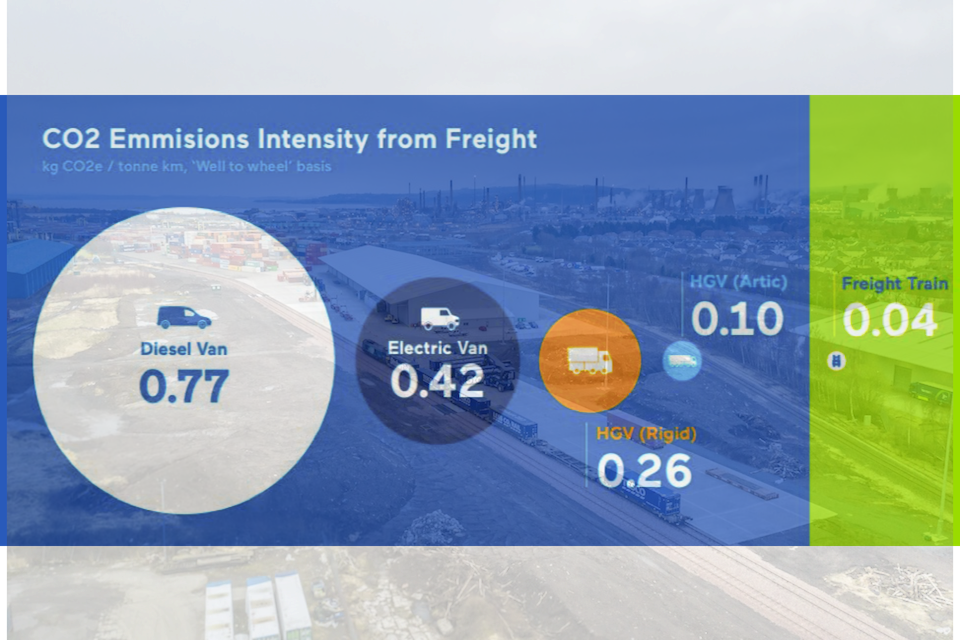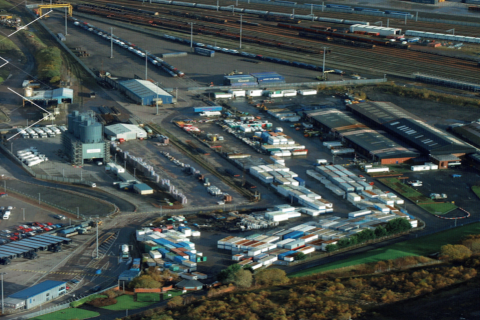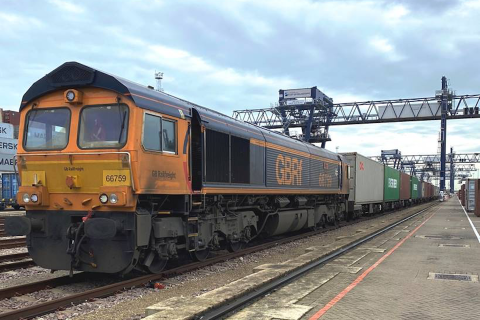Intermodal dominant but UK needs more, says report

With intermodal accounting for almost half of the rail freight traffic in the UK, more container trains may be the last thing the UK network needs. That however is exactly what a new report says. A joint study, by Rail Freight Group and by The UK Major Ports Group, presents the case for more intermodal traffic. The joint study examines decarbonisation of the economy, by developing the use of rail freight at ports, increasing the capacity needed and the benefits such support offers.
Rail Freight Group (RFG), the representative body for the industry in the UK, and The UK Major Ports Group (UKMPG), the trade association representing the operators of almost 200 facilities around Great Britain and Ireland, have jointly published a brochure outlining the challenges and opportunities for the intermodal sector. They say that growing the sector will help the UK achieve net zero carbon emissions, improve air quality and reduce road congestion, improve efficiency of freight transport, and support post- Covid-19 recovery and economic growth.
Constraints need to be addressed
According to the report, UK intermodal rail freight has doubled in the last twenty years. The two bodies agree that one in four containers transported to or from a UK port is carried by rail. “Domestic volumes have also increased as more companies recognise the benefits of using rail to move freight within Britain”, their statement adds. “Port operators have invested heavily in terminals and other facilities to improve productivity and speed up the delivery of import and export containers to customers.”

The report goes on to say that there is room for growth, but existing obstacles need to be removed. “Despite an encouraging long-term growth in intermodal volumes, recent years have seen a flattening of the upward trend”, RFG and UKMPG say. “There is real demand from rail freight users to increase their usage. The problem is that the potential of intermodal rail freight is being constrained.”
Chief executive comment and case studies
Introducing the report, Tim Morris, the chief executive of UKMPG, spoke to the wider benefits of ship to rail transport. “Beyond their traditional role as gateways for trade, our ports are also economic engines in their own right”, he said. “They are bases for maritime industries both new – such as offshore renewable energy – and traditional – such as fishing. But they are also centres for a whole range of broader economic activity. Major ports are home to logistics operations, manufacturing facilities, offices and even film studios. All of these activities drive investment and create jobs often way in excess of port employment itself.”

The report, titled “Why the UK needs more intermodal rail freight”, highlights several successful operations already. They include DRS and Stobart Rail collaborating to move 100,000 containers a year for supermarket chain Tesco, and PD Ports’ two daily services between Teesport and Grangemouth / Mossend in Scotland. UKMPG says the latter flow has removed more than 29,000 heavy goods vehicle moments from the UK roads every year. The report notes the development of the Mossend International Railfreight Park (MIRP) by PD Stirling, and says it will further stimulate intermodal rail traffic to and from Scotland.
Benefits and recommendations
In addition to the stated benefits, the report authors take the opportunity to lobby for better recognition of the rail freight sector. “The real benefits of rail freight to be recognised and factored into central/local government policy”, says the report. They want what they call the restoration of meaningful financial incentives for modal shift, and capacity improvements for rail freight.

Central government has responded in kind, by already positioning rail freight at a higher point in the national economic agenda. Several statements have already been made. The joint report also calls for support for decarbonisation of rail freight, including electrification of key routes and infill projects.
Rail freight may refuse to be consigned to a box, but more consignments by box is certainly the ambition of the industry.
You just read one of our premium articles free of charge
Want full access? Take advantage of our exclusive offer




